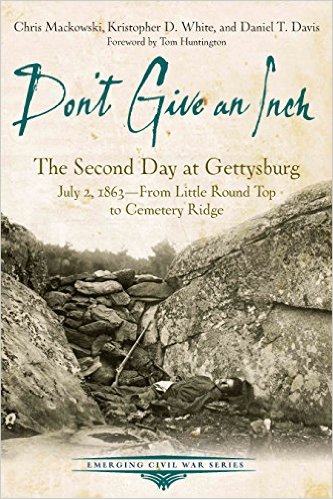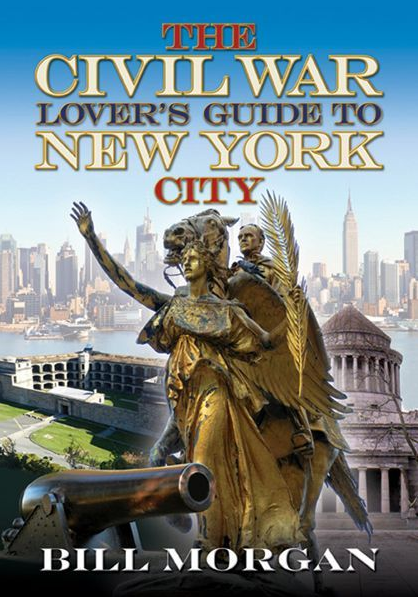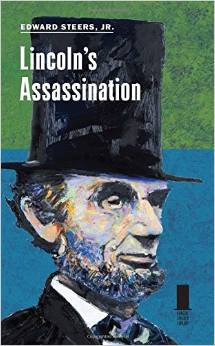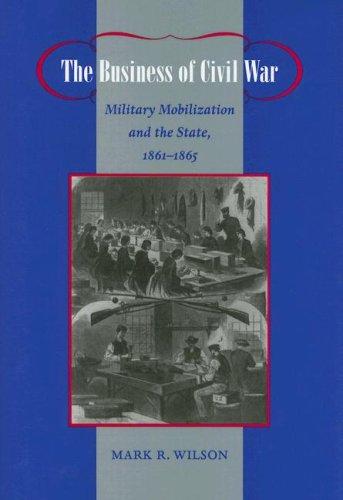Don’t Give an Inch: The Second Day at Gettysburg July 2, 1863 – From Little Round Top to Cemetery Ridge by Chris Mackowski, Kristopher D. White, and Daniel T. Davis. Savas Beatie, 2016. Paper, ISBN: 978-1611212297. $14.95.
 Heading to Gettysburg sometime soon, and looking for a book to help guide you through the fighting on the second day of the battle? Chris Mackowski, Kristopher D. White, and Daniel T. Davis offer Don’t Give an Inch: The Second Day at Gettysburg July 2, 1863 – From Little Round Top to Cemetery Ridge, the latest installment in the Emerging Civil War Series. The subtitle is important: this is one of six books offered by the series on the Gettysburg Campaign, and while it covers most of July 2, the actions on Cemetery Hill and Culp’s Hill are the subject of a separate work.
Heading to Gettysburg sometime soon, and looking for a book to help guide you through the fighting on the second day of the battle? Chris Mackowski, Kristopher D. White, and Daniel T. Davis offer Don’t Give an Inch: The Second Day at Gettysburg July 2, 1863 – From Little Round Top to Cemetery Ridge, the latest installment in the Emerging Civil War Series. The subtitle is important: this is one of six books offered by the series on the Gettysburg Campaign, and while it covers most of July 2, the actions on Cemetery Hill and Culp’s Hill are the subject of a separate work.
The prologue and first chapter present the background of the campaign and cover the fighting on July 1. Subsequent chapters align with one of ten tour stops on the field, each offering roughly ten pages of content explaining critical actions or interesting incidents.
The authors portray a Confederate high command in disarray. General James Longstreet was tasked with carrying out the main assault; however, it was “a plan he didn’t support from a commander he didn’t agree with” (xx). Dissent trickled up and down the line. One of Longstreet’s subordinates, Lafayette McLaws, was thrilled to be assigned to lead the assault, but grew mortified when his colleague John Bell Hood ended up engaging the enemy first. The tactical confusion mirrored the command confusion. This helps to explain why, despite incredible fighting on an individual and unit level, the Confederates failed to achieve their objectives on July 2.
From the Union perspective, the authors spend (appropriately) a great amount of time explaining the decision by III Corps commander Daniel Sickles to move his men out to the Peach Orchard. Sickles is one of the great personalities of the war, and the authors do a nice job of explaining the mistakes he made in the battle (and how he tried to obscure those mistakes later).
One chapter covers the famous 20th Maine, their defense of Little Round Top, and subsequent bayonet charge—still a topic of interest and fascination for most tourists. An appendix tackles the question of whether Chamberlain’s role in conceiving of and ordering the charge has been overplayed. The authors invoke the memoirs of Theodore Gerrish to suggest that perhaps things happened more organically than Chamberlain would like us to believe. Unfortunately, Gerrish was not actually at the battle—as demonstrated by historian Tom Desjardin twenty years ago—so his thoughts on the matter are irrelevant in this case.
In the epilogue, the authors describe the failure of the Confederates to push the Union soldiers off Cemetery Ridge on July 2 as a consequence of Lee’s inflexibility versus Meade’s adaptability. They also highlight the lack of coordination by the attacking Confederate forces. Following the beginning of Longstreet’s attack, men from A.P. Hill’s III Corps were supposed to follow-up and support the attack. Longstreet and Hill did not like each other; therefore, they never met to coordinate their plans. Consequently, while Longstreet’s men fought well, they did not receive the support necessary for a breakthrough.
The authors write well and offer a very clear overview of the fighting from Little Round Top to Cemetery Hill. The book is heavily illustrated with both old and new photographs. The length of the book makes it ideal as an introduction for those just starting to study the battle. Mackowski, White, and Davis also do a nice job of explaining the history of the battlefield since 1863, including current restoration efforts. Finally, the trio points to some of the hidden carvings and symbols on the battlefield, which is a nice touch. The lack of footnotes and length of the book probably mean that those who have studied the battle in depth will not find a lot that is new, though there are a few insights into the actions of William Barksdale and J.E.B. Stuart that will enlighten even long-time Gettysburg buffs.
Jared Peatman is the author of The Long Shadow of Lincoln’s Gettysburg Address (2013).




